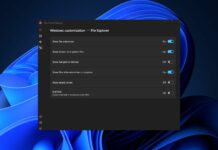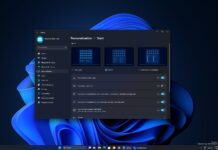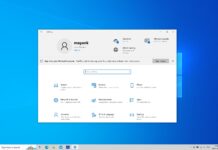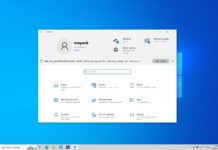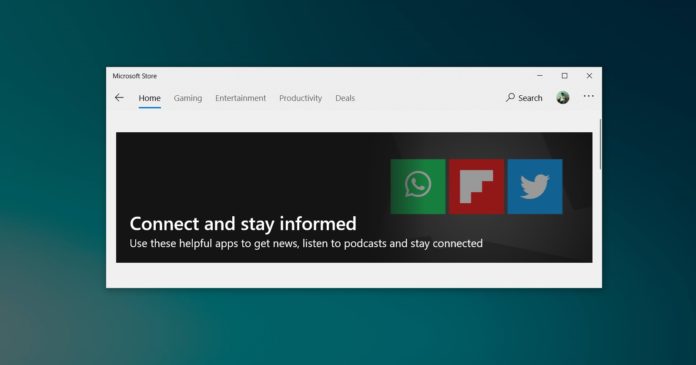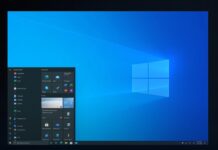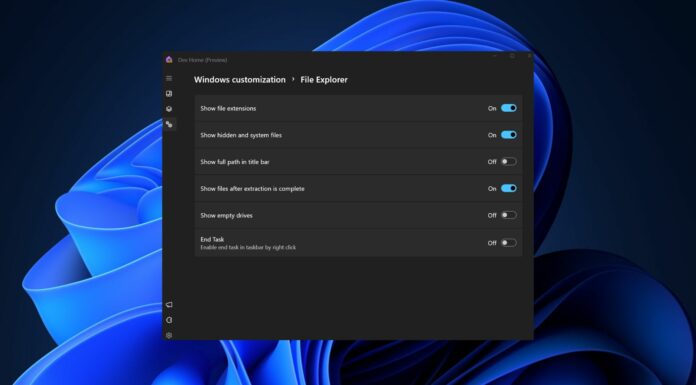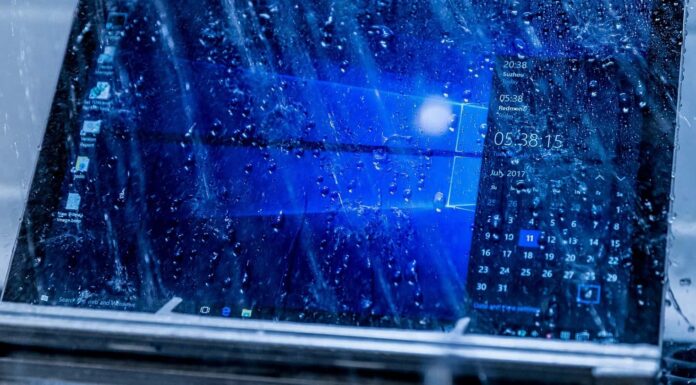Codenamed Project Latte, Microsoft’s new initiative will allow users to run their favourite Android apps on Windows 10 PCs. This project, if approved by the top leadership, will allow developers to bring their Android apps to the Windows 10 Store by just using a package conversation tool.
The catch is that converted apps must stick to the Windows or Microsoft APIs because Google services just won’t work.
As of now, Google is not involved in this project in any way and Google’s own Android apps won’t come to the Windows Store. However, Google is believed to be working on a new UWP YouTube app for Windows 10 and it won’t be a part of the Project Latte.
This idea is similar to the one that Amazon enforces with the Kindle line. Given that Google Play Services wouldn’t be available on Windows 10, this will require developers to maintain separate APIs for their Android apps.
Microsoft’s first solution to increasing the number of apps in the Windows Store was a technology called “Project Astoria”. This project allowed Android applications to run natively on Windows 10 Mobile and a handful of these experimental apps were released via third-party stores, but the technology was far from perfect.
With Windows 10 Mobile’s Project Astoria, Microsoft automatically converted Google APIs to its own APIs. It’s unclear if Microsoft is planning to go the same route again and do everything for the developers, but we wouldn’t surprised if that’s going to be the case.
In a hypothetical scenario, Project Latte could be Microsoft’s silver bullet to the Windows Store’s “app gap” problem that Windows Phones had experienced since its inception.
Microsoft is no longer investing in Windows 10 for mobile, but the “app gap” needs to be fixed for the success of Windows 10 in S Mode, Windows 10X and similar platforms.
Hardware requirements
Project Latte wouldn’t be exclusive to any particular platform, which means you’ll be able to run Android apps on Intel, AMD and even ARM hardware.
This could give a boost to the struggling Windows 10 on ARM platform.
User experience
The biggest problem is “experience” and it will doubtlessly the one with the most potential to backfire. Windows 10 has its own set of design guidelines, APIs, and hardware requirements built around carefully for all app development frameworks and past user experiences.
The converted Android apps will still ship with mobile-optimized interfaces crafted around Google’s Material design.
The performance would be better than traditional emulators, but the user experience will be catastrophic for some apps unless developers are willing to optimize the interface for desktop.

